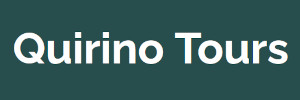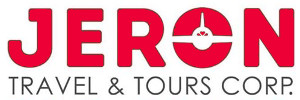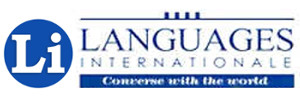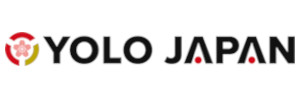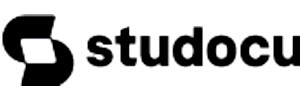On the road to personal finance, which lane are you in ? Sidewalk, slow lane, or fast lane ? The author M.J. DeMarco has explained in his book on how to get rich to stay in the Fastlane of Millionaire.
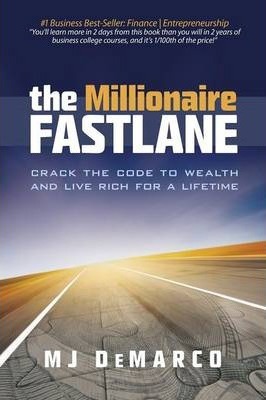
There are three ways to get rich: Sidewalk, Slow Lane, Fast Lane.
SIDEWALK:
Those people live from paycheck to paycheck, maxed out credit cards, without financial planning and usually running their life in a "Rat Race". They always want to buy lottery tickets, raffles, gamble, etc. The odds of making $1 million for those people walking on the sidewalk are 0.0000016 %.
SLOW LANE:
Children, you should study hard and go to a good university, find a stable job after graduation, save money and invest with compound interest, and then you will have a pension to live on when you are old and retired. Does this sound very familiar? If you invest in this way, then you may have fallen into the trap of the slow lane, the slow lane of saving money and financial investment.
Reason 1: The slow lane is a lifelong gamble.
That is sacrificing the pleasures of the moment and delaying enjoyment in exchange for far happiness. How far is it? Generally speaking, it is the statutory retirement age of 65. When ordinary people are young, they have time with physical strength, the only thing they lack of is that they don't have money. So they think that as long as they find a stable job and increase their working hours, they can increase their income, and then save money from a small amount, such as bringing their own lunch, shopping around for purchasing behavior, and giving up the dream of buying a sports car, save money and save money. And then have a lot of money in 40 years, even if you can do it, you will not have the time and physical strength to enjoy the wealth. If it is you, you will be willing to endure it For decades, dedicate your great youth to work and bosses, wait until you are gray-haired, wrinkled, and have presbyopia before you can enjoy life?
Reason 2: The slow lane is full of uncontrollable factors.
The retirement life I just talked about is based on the premise that everything is going well, but no one can guarantee that in the next 40 years, there will be no diseases, virus outbreaks, fraud, economic collapse, or unemployment. Especially when we live in the VUCA era, full of
volatility, uncertainty, complexity and ambiguity. It is almost impossible to survive these 40 years in peace. Impossible. The stable line advocated by mainstream society happens to be the highest risk. The famous American director Steve Buscemi said that a person who works hard for 50 hours a week, is forced to retire after 50 years, and then is sent to a nursing home. Isn't it crazy to die with dignity before getting sick?
FAST LANE:
How does the fast lane get you rich fast? Getting rich quick is not easy. You must first change yourself, from consumer to producer, the producers are entrepreneurs, inventors, content creators and so on. They create business and bring value to others, such as: selling things, providing a platform, making videos, lending money, and quickly accumulating wealth for themselves by satisfying the needs of consumers. Produce rather than consume. Production brings us a greater sense of achievement. But not all businesses are fast lanes. Suppose you open a restaurant. You have to manage the store yourself every day, either cooking or collecting money at the counter, which is no difference from slow lane people. You still work, or trade time for money. The ultimate purpose of the fast lane is to create a profit model. A system that is not limited by time, does not require you to do it yourself every day, and can automatically make money while sleeping. That is, passive income that is often heard.
So how do we do it? First you need to understand the fast lane equation.
Wealth = Net Income + Asset Value.
Net income = sales x gross profit.
For example: a piece of clothing nets USD20 after deducting the cost. If you sell 1000 pieces, the net income is USD20,000. The net income is not the same as part-time work. Due to time constraints, people can only work 24 hours a day, but the number of goods that can be sold in a day is no limit. Another example: If I want to increase sales, I can do promotions and discounts. If I get a 20% discount on each piece of clothing, or find a Youtuber to endorse, the sales volume may increase to 10,000 pieces, and the net income may be increase to USD200,000. On the other hand, costs can also be reduced to increase the net income per item. For example: the original net income per item is USD20, but now it is increased to USD40. Selling 1,000 items will come to USD40,000. So whether it is the net income of a single product , or sales volume, can all be controlled by humans.
About asset value: The consumer goods of people in the slow lane are cars, mobile phones, tablets, bags, jewelry, etc. These assets will depreciate rapidly. While the assets of people in the fast lane will increase in value. For example: business, brand, intellectual property, business model , collectibles, etc. These assets can bring us to achieve financial freedom quickly.
Suppose your business model brings you an annual income of USD3,000,000, which means that your business is profitable and has market demand. At this time, you can pay several times the annual income, which is what we often hear about PE Ratio or PS Ratio sells the business, which is the huge wealth that asset value can bring. For example: In 2005, eBay bought PayPal for 1.5 billion USD. Elon Musk made 156 million USD from this transaction. So you know, the fastest way to achieve financial freedom is to do business and start building your profit model.
But not all businesses can make you rich fast, a good fast track must meet the following 5 rules:
Rule #1: DEMANDS:
The needs of consumers are king. What consumers care about is to help them solve their problems. What they care about is not necessarily what you like. The needs of users should be put first. Value first, and things in need are valuable things. First is only the valuables, what you like is second.
Rule #2: THRESHOLD:
If the barriers to entry in your business are low enough that anyone can easily enter. Then you will face intense competition and the road to getting rich will become crowded and the fast lane will no longer be available.
Rule #3: CONTROLLABLE:
Some people in the market are recruiting micro-stores, trying to lure you to join with the benefits of low risk, low cost, no need to stock up, etc. But participating in micro-stores is not a fast lane, because product innovation, research and development, pricing, market strategy, etc. Wait, you don't have control over any of these. You're just a follower. Taking a ride on someone else's, essentially still in the slow lane. You are using your time to make money for others. You may want to say that you can also make money as a micro-shop! The risk of starting your own business is too high. It is small money, if you make small money, you may lose the opportunity to set foot on the fast lane. And the control is in the hands of others, in fact, the risk of your operation is still very high. As long as there are some changes in the upper level (supply chain) of you, you will work hard. Micro stores may be going out of business and you can't do anything about it. Of course there are also good affiliate models that will take care of the downline and will also let good people climb up until they start their own business. So remember, don't follow blindly. Sit In the driver's seat, take control of your own business. Use your brain to innovate, engage in product development, price your own products, plan your marketing plans, increase brand awareness, etc. This is the core essence of entrepreneurship.
Rule #4: SCALE:
The Law of Influence, which means that the more people you can influence, the more money you can make. For example: Harry Potter author, JK Rowling, author of the best-selling book of all time. Attracting tons of thousands of followers, Make her a billionaire as a writer. So, the key to the fast lane is scale, which means that the sales volume has to be huge and able to grow rapidly. Of course, it depends on how big the market for your goods or services is. . If you set up a street stall in a night market, the market will be relatively small, with only a few hundred customers coming and going. If you can broadcast live, do e-commerce, or provide transportation services, the market you can reach will be as large as the entire country, even to the world. It will bring you huge income.
Rule 5: TIME:
Time is the most important point. Because true financial freedom is not just about how rich you are. It is about how much time you have to do what you like to do. Think back before a web developer helping people build a website, and it makes USD1,000 income in three days, but it is not satisfied. Because we know that this requires labor and time in exchange. It is not financial freedom at all. The true auto pilot of passive income is even if you are idle at home, the company can run by itself, and it can also help him bring passive income. Therefore, when you can accumulate a fortune from your own business, you must build a money tree for yourself. Simply saying, it is “Invest”. Invest in anything that will increase your asset value, or automatically bring you income. For example: stocks, rental housing, your own business, recruiting talent, copyright, personal branding, etc. When these passive income is greater than the cost of living , then you can stop working.
CONCULSIONS:
People in the slow lane will use compound interest to slowly accumulate wealth. People in the fast lane will join the startup and follow these 5 rules. Then use compound interest to generate income or liquidity.
You can purchase this book priced USD13.77 at Amazon.com :
https://www.amazon.com/Millionaire-Fastlane-Crack-Wealth-Lifetime/dp/0984358102











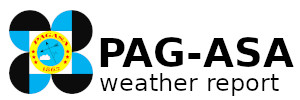




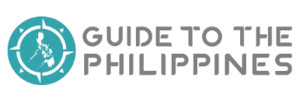
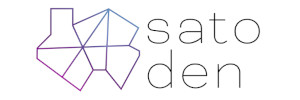
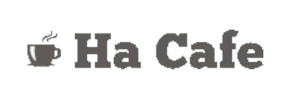



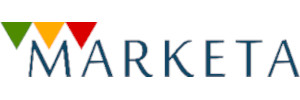
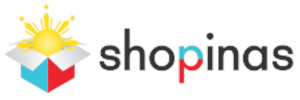


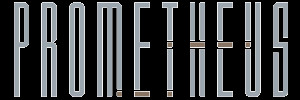
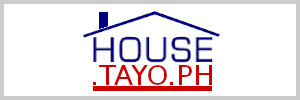





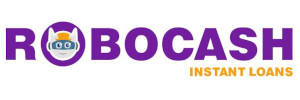
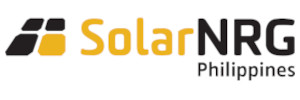

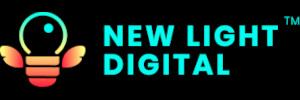
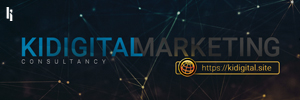
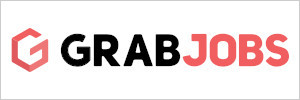


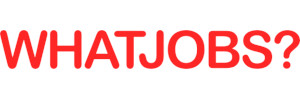
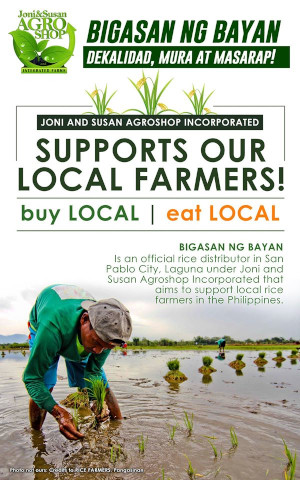

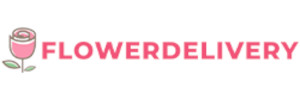

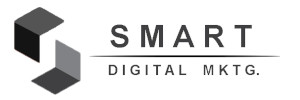
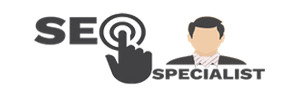

 Philippine Peso Exchange Rate
Philippine Peso Exchange Rate